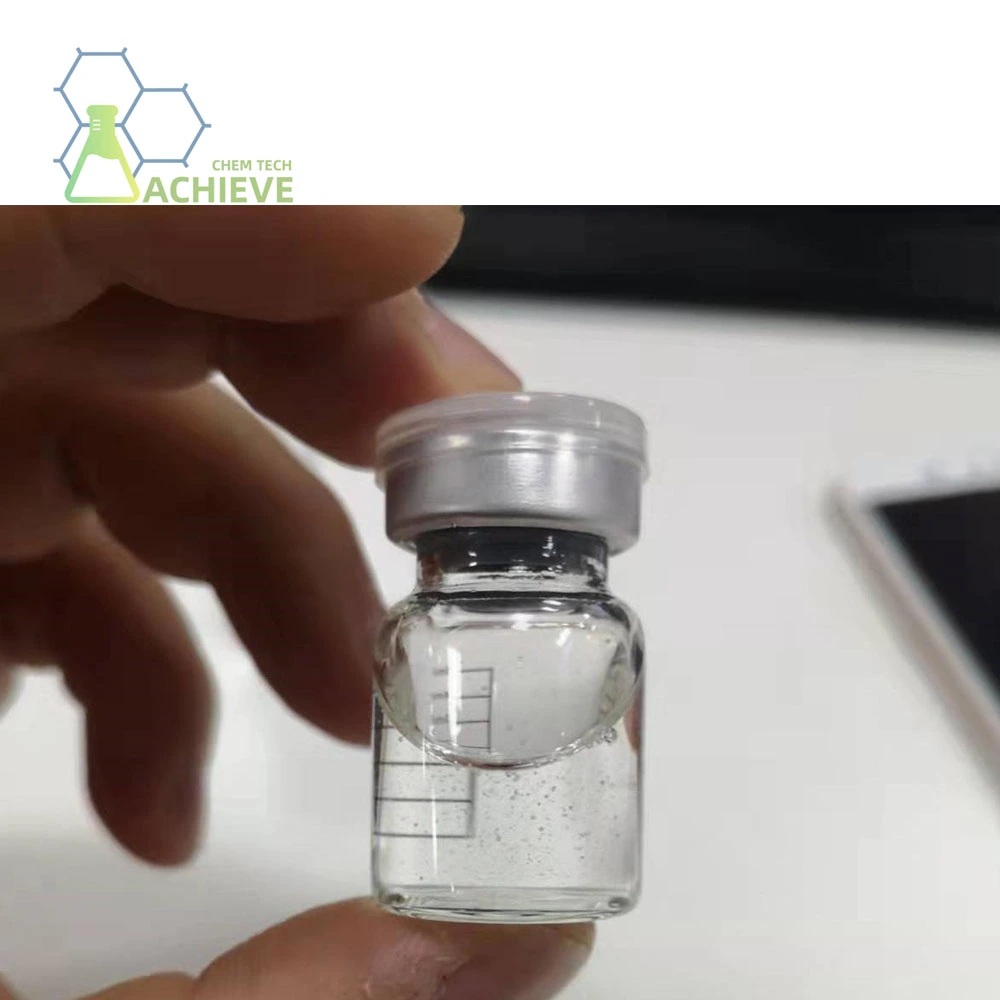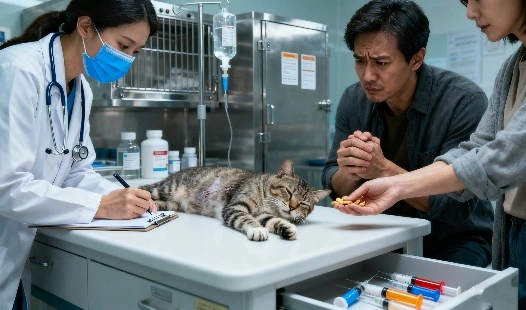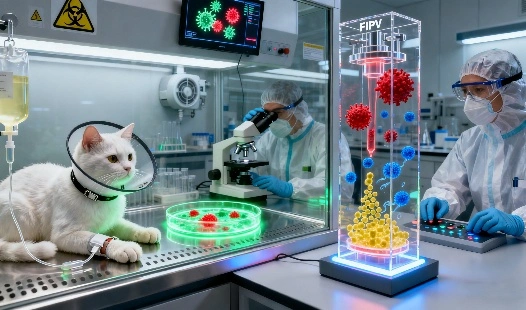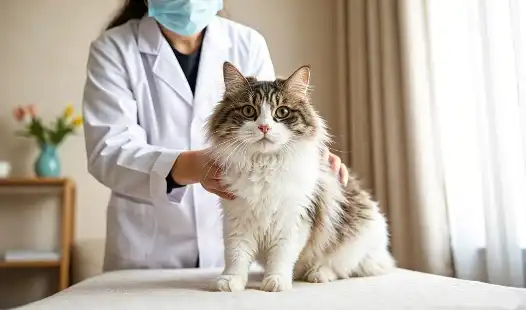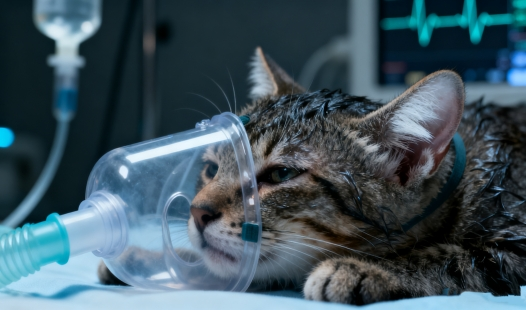Chemical structure comparison: GS-441524 vs Remdesivir
Molecular composition
GS-441524 and Remdesivir share a close chemical relationship as both are nucleoside analogs designed to disrupt viral RNA replication. However, it is the parent nucleoside, representing the simpler and more fundamental structure from which Remdesivir is derived. This means that it serves as the biochemical backbone upon which Remdesivir's more complex modifications are built. Structurally, it is composed of a ribose sugar attached to an adenine-like base with slight alterations that enable it to mimic natural nucleotides. These subtle structural similarities allow it to be efficiently incorporated into viral RNA, effectively halting replication. The simpler structure also contributes to its stability and easier metabolic activation in feline physiology compared to Remdesivir.
Prodrug vs Active form
One of the key differences between GS-441524 and Remdesivir lies in their biochemical activation pathways. Remdesivir functions as a prodrug, meaning it must undergo metabolic conversion within the body to become pharmacologically active. Once administered, Remdesivir is metabolized through enzymatic reactions, ultimately yielding GS-441524 triphosphate — the true antiviral compound that inhibits viral replication. In contrast, GS-441524 itself is already close to the active form, requiring fewer metabolic steps to achieve therapeutic efficacy. This makes it more efficient and potentially safer for veterinary use, as it minimizes metabolic burden on the liver and other organs. The direct bioavailability of GS 441524 also allows for simpler dosing and more predictable treatment responses in cats.
Structural modifications
Remdesivir's molecular design includes additional chemical groups that are absent in GS-441524, such as a phosphate moiety and a cleavable ester linkage. These structural modifications were engineered to enhance pharmacokinetic properties like solubility, tissue distribution, and intracellular delivery in humans. While these added groups make Remdesivir more suitable for intravenous administration in human patients, they also complicate its metabolism and increase cost and production complexity. GS-441524, on the other hand, retains a more straightforward chemical framework without these prodrug enhancements, making it easier to synthesize and more accessible for veterinary use. This streamlined structure contributes to its favorable safety profile and consistent therapeutic outcomes when treating cats with FIP.
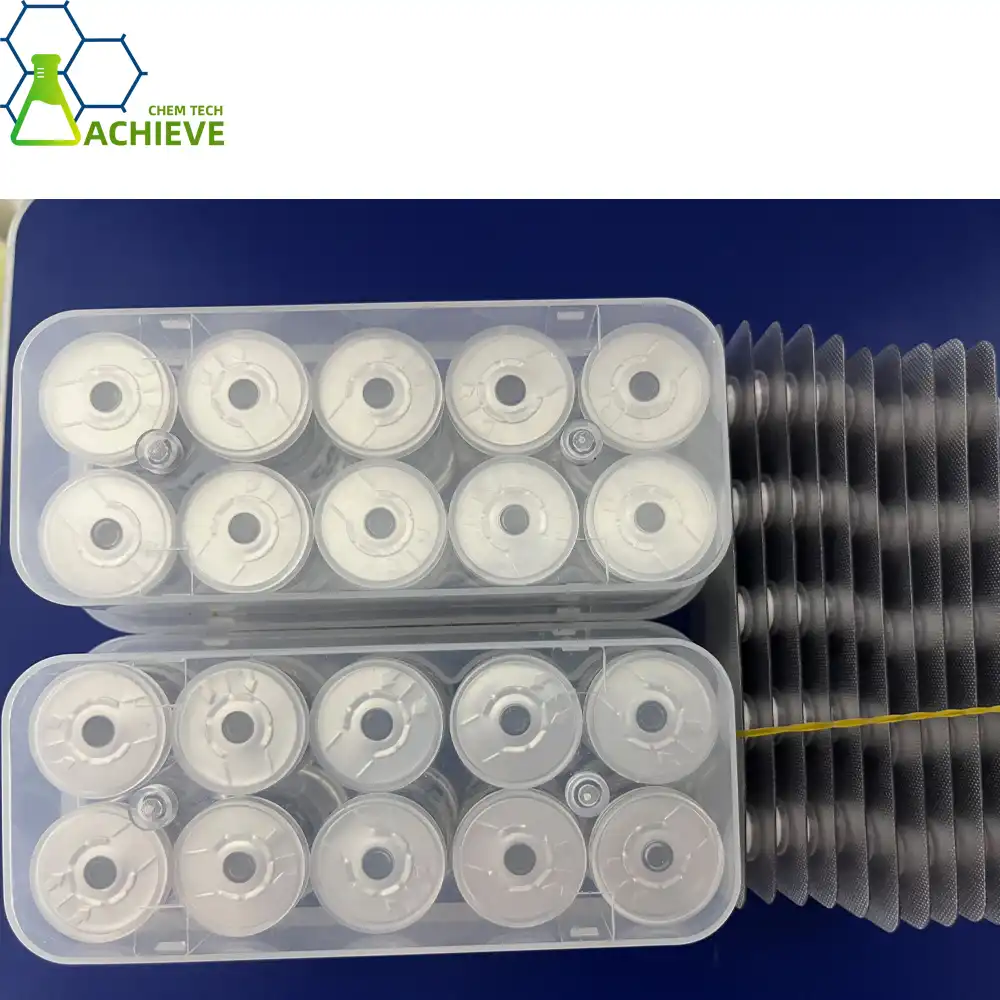 |
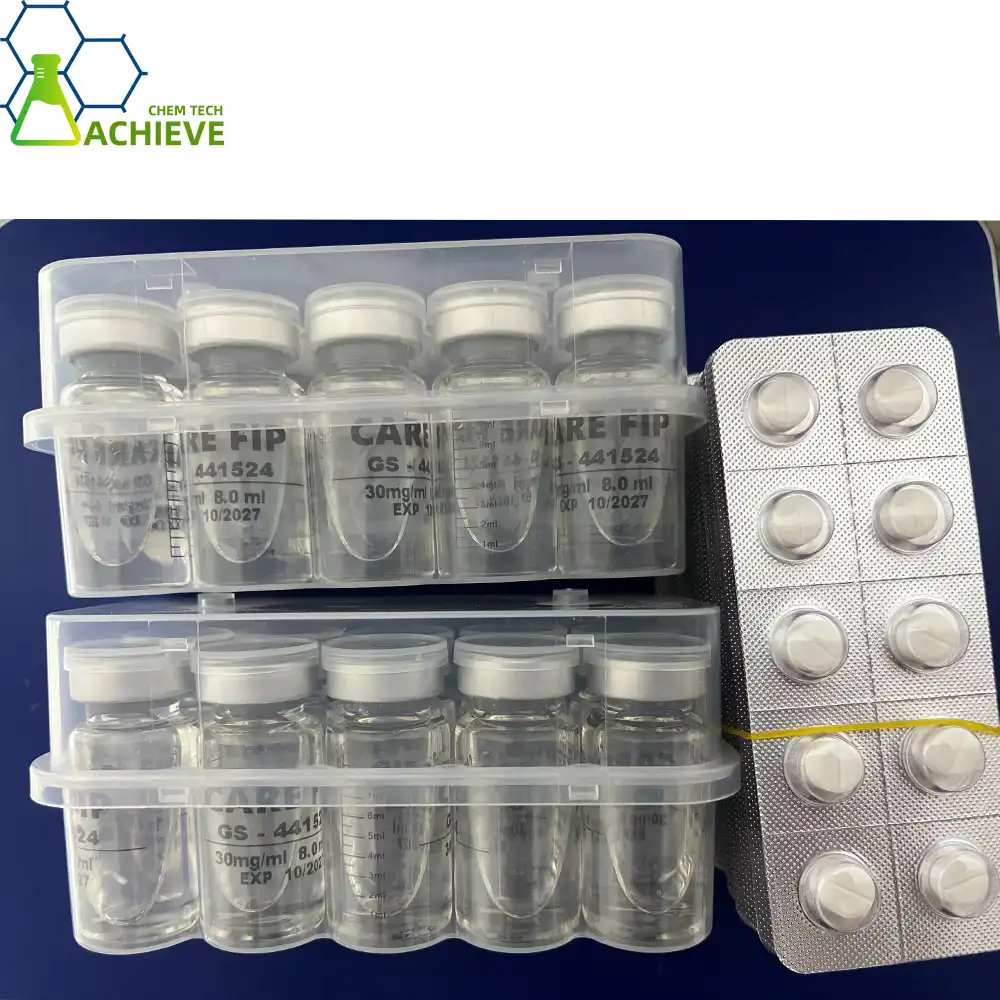 |
Why GS-441524 works better for cats than Remdesivir?
Absorption and bioavailability
GS-441524 has shown superior efficacy in cats, particularly for FIP treatment. This is largely due to its better absorption and bioavailability in feline physiology. Cats can more readily absorb and utilize GS-441524 compared to Remdesivir.
Metabolic differences
Cats metabolize drugs differently than humans. The feline liver lacks certain enzymes that are present in human livers. This metabolic difference affects how efficiently cats can process Remdesivir into its active form, GS-441524 triphosphate.
Tissue penetration
GS-441524 demonstrates better penetration into various tissues in cats, including the central nervous system. This is crucial for treating FIP, which can affect multiple organ systems. The improved tissue distribution of GS-441524 contributes to its higher efficacy in feline patients.
Safety differences between these antiviral medications
Toxicity profiles
Both GS-441524 and Remdesivir have undergone extensive safety evaluations. However, their toxicity profiles differ slightly, particularly in feline patients.
Side effects in cats
GS-441524 has shown a more favorable side effect profile in cats. The most common adverse effects are mild and include injection site reactions and temporary gastrointestinal upset. Remdesivir, while generally safe, may pose a higher risk of liver enzyme elevations in some feline patients.
Long-term safety considerations
As GS-441524 has been used more extensively in long-term FIP treatment protocols, there's more data available on its long-term safety in cats. This extensive clinical experience has contributed to veterinarians' confidence in using it for extended treatment periods.
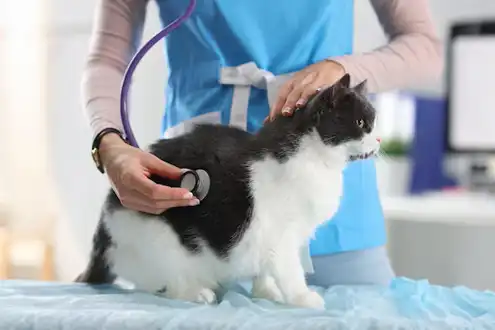 |
 |
 |
Conclusion
While GS-441524 and Remdesivir are related compounds, they are not identical. GS-441524 has emerged as the preferred option for FIP treatment in cats due to its superior bioavailability, tissue penetration, and safety profile in feline patients. The subtle differences in their chemical structures and metabolic processing contribute to their distinct efficacy and safety profiles, particularly in veterinary applications.
As research continues, our understanding of these antiviral compounds evolves. For now, GS 441524 remains a crucial tool in the fight against feline infectious peritonitis, offering hope to cat owners and veterinarians alike.
FAQ
1. Can GS-441524 be used in humans like Remdesivir?
While GS-441524 has shown promise in laboratory studies, it has not been approved for human use. Remdesivir, however, has received FDA approval for treating certain COVID-19 patients. Human clinical trials would be necessary to determine GS 441524's safety and efficacy in people.
2. How long does FIP treatment with GS-441524 typically last?
FIP treatment protocols using GS-441524 generally last 84 days (12 weeks). However, the duration may vary depending on the individual cat's response to treatment and the form of FIP being treated. Some cases may require longer treatment periods.
3. Are there any alternatives to GS-441524 for FIP treatment?
While GS-441524 is currently considered the most effective treatment for FIP, other antiviral compounds such as GC376 (a protease inhibitor) have shown promise. However, it remains the preferred option due to its higher efficacy and more extensive clinical data.
Discover Premium GS-441524 for Effective FIP Treatment
Excellent GS-441524 is an essential component of FIP treatment, and we at BLOOM TECH know this. To guarantee the highest standards of purity and effectiveness for veterinary applications, our pharmaceutical-grade GS 441524 powder is produced using rigorous quality control procedures. We have a state-of-the-art GMP-certified manufacturing facilities and over 10 years of expertise in organic synthesis, so we can reliably and consistently handle your FIP treatment demands. When it comes to animal health, experience the difference at BLOOM TECH, where compassion meets excellence. For inquiries about our GS-441524 powder or to become a valued GS-441524 supplier partner, please contact our dedicated team at Sales@bloomtechz.com.
References
1. Murphy, B. G., et al. (2020). "The nucleoside analog GS-441524 strongly inhibits feline infectious peritonitis (FIP) virus in tissue culture and experimental cat infection studies." Veterinary Microbiology, 219: 108451.
2. Pedersen, N. C., et al. (2019). "Efficacy and safety of the nucleoside analog GS-441524 for treatment of cats with naturally occurring feline infectious peritonitis." Journal of Feline Medicine and Surgery, 21(4): 271-281.
3. Warren, T. K., et al. (2016). "Therapeutic efficacy of the small molecule GS-5734 against Ebola virus in rhesus monkeys." Nature, 531(7594): 381-385.
4. Agostini, M. L., et al. (2018). "Coronavirus susceptibility to the antiviral remdesivir (GS-5734) is mediated by the viral polymerase and the proofreading exoribonuclease." mBio, 9(2): e00221-18.
